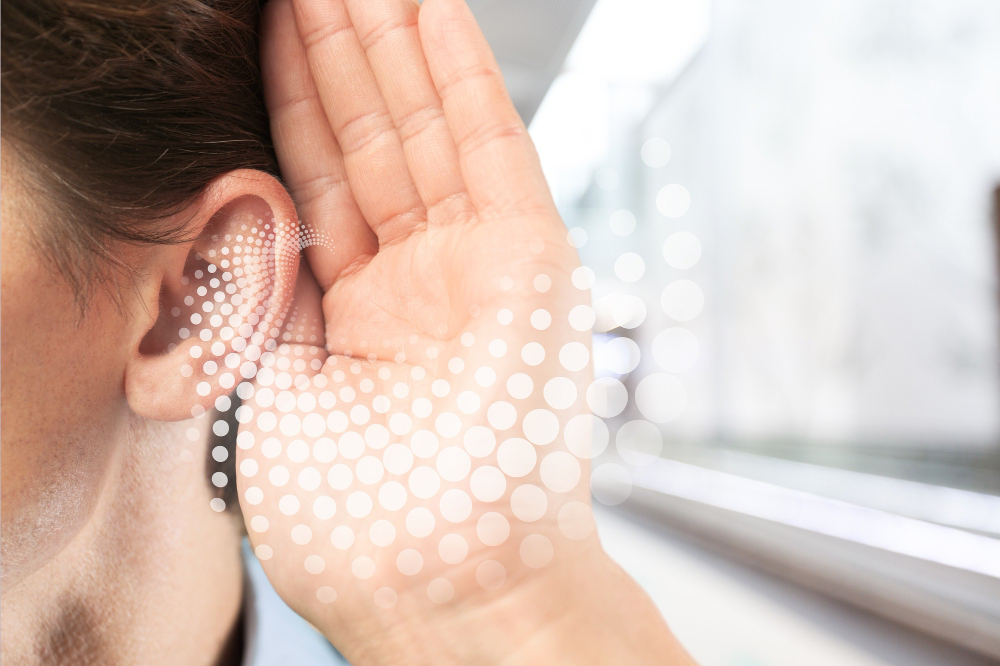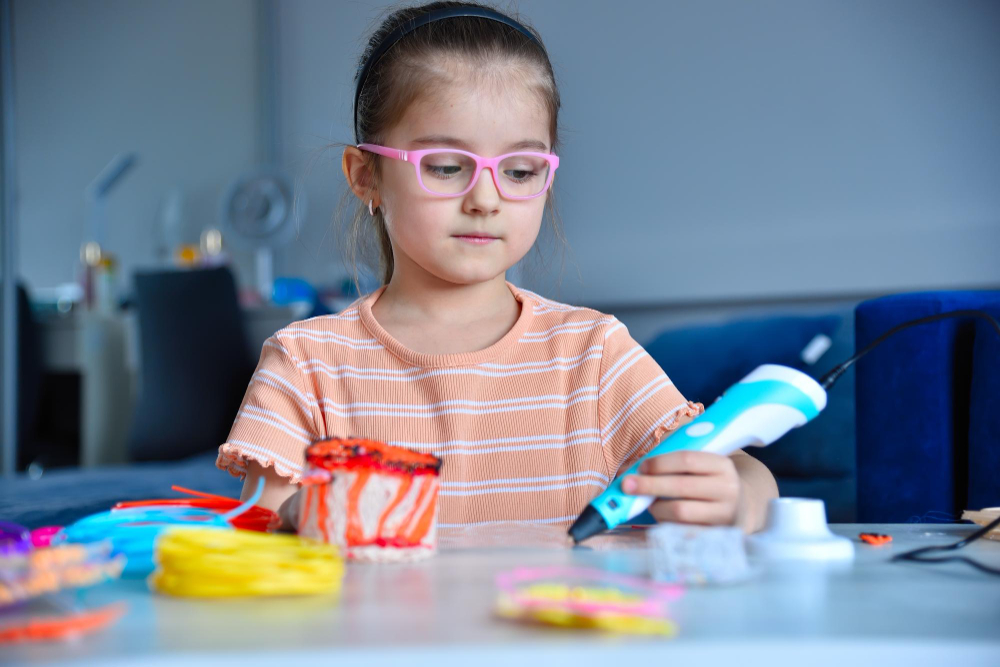
Understanding Hearing Loss and Selecting the Right Hearing Aid: A Comprehensive Audiological Approach
Hearing loss is a prevalent condition affecting individuals across all age groups, with significant implications for communication, cognitive function, and overall well-being. A thorough understanding of the nature of hearing impairment and advancements in hearing aid technology allows audiologists and healthcare professionals to offer tailored solutions that restore auditory experiences. This comprehensive guide outlines the key aspects of diagnosing hearing loss and selecting the most suitable hearing aid technology.
I. Audiological Evaluation: Establishing a Foundation for Intervention
Accurate diagnosis is the cornerstone of effective hearing loss management. A comprehensive audiological assessment consists of multiple diagnostic tests designed to identify the type, degree, and underlying causes of hearing loss.
-
Comprehensive Case History: Gathering detailed medical, familial, and environmental history to assess risk factors and the progression of hearing loss.
-
Otoscopic Examination: A physical inspection of the ear canal and tympanic membrane to detect blockages, infections, or anatomical abnormalities.
-
Pure-Tone Audiometry: Evaluates hearing thresholds across different frequencies to determine the severity and configuration of hearing loss.
-
Speech Audiometry: Measures speech recognition ability in both quiet and noisy environments, providing insight into real-world communication challenges.
-
Tympanometry and Acoustic Reflex Testing: Assesses middle ear function to detect conditions like otosclerosis, eustachian tube dysfunction, or middle ear effusion.
-
Otoacoustic Emissions (OAEs): Evaluates cochlear function, particularly outer hair cell activity, to differentiate between sensorineural and conductive hearing loss.
-
Auditory Brainstem Response (ABR): An objective test measuring neural pathways in the auditory system, useful for diagnosing auditory neuropathy and congenital hearing impairments.
II. Classification and Pathophysiology of Hearing Loss
Understanding the type and nature of hearing loss is critical in selecting the appropriate intervention strategy.
-
Conductive Hearing Loss: Arises due to obstructions or dysfunctions in the external or middle ear, leading to inefficient sound transmission.
-
Sensorineural Hearing Loss: Caused by damage to the cochlea or auditory nerve, often due to aging, noise exposure, or genetic predisposition.
-
Mixed Hearing Loss: A combination of conductive and sensorineural components, requiring specialized intervention.
-
Degree of Hearing Loss: Categorized as mild, moderate, severe, or profound based on pure-tone thresholds.
-
Configuration of Hearing Loss: Refers to the pattern of hearing loss across frequencies, such as sloping (high-frequency loss) or reverse-slope (low-frequency loss).
III. Selecting the Appropriate Hearing Aid Technology
The selection of hearing aids is a highly individualized process that considers various factors:
1. Lifestyle and Communication Needs
-
Assessing daily activities, work environments, and social interactions to determine the most suitable features.
2. Degree and Configuration of Hearing Loss
-
Matching the hearing aid’s amplification capabilities to the patient’s audiogram.
3. Manual Dexterity and Visual Acuity
-
Evaluating physical ability to handle smaller in-the-canal devices versus behind-the-ear options.
4. Cosmetic Preferences
-
Offering discreet options for individuals concerned about aesthetics.
5. Technological Preferences and Features
-
Digital Signal Processing (DSP): Enhances clarity while reducing background noise.
-
Directional Microphones: Improve speech understanding in challenging listening environments.
-
Noise Reduction Algorithms: Automatically filter unwanted background noise.
-
Feedback Cancellation: Prevents whistling and feedback issues.
-
Bluetooth Connectivity: Enables direct audio streaming from smartphones and other devices.
-
Artificial Intelligence (AI): Provides adaptive learning for personalized hearing experiences.
-
Rechargeable Battery Technology: Enhances convenience and longevity.
-
Telecoil (T-Coil): Allows connection to hearing loop systems in public spaces.
6. Types of Hearing Aids
-
Behind-the-Ear (BTE): Suitable for all degrees of hearing loss, offering powerful amplification.
-
Receiver-in-Canal (RIC): A discreet option with excellent sound quality.
-
In-the-Ear (ITE): Custom-molded for ease of use and comfort.
-
Completely-in-Canal (CIC): Nearly invisible, providing a natural sound experience.
IV. Professional Fitting and Ongoing Care
1. Real-Ear Measurements (REM)
-
Objective verification ensures that hearing aid output matches prescriptive targets.
2. Fine-Tuning and User Adaptation
-
Customizing settings based on patient feedback to optimize speech clarity and comfort.
3. Counseling and Aural Rehabilitation
-
Educating patients about realistic expectations, communication strategies, and hearing aid maintenance.
4. Regular Follow-Ups and Performance Monitoring
-
Continuous assessment to adapt hearing aids to changing needs and optimize user experience.
V. Emerging Technologies and Future Trends in Hearing Care
The future of hearing aid technology is evolving rapidly, incorporating groundbreaking advancements:
1. AI-Driven Personalization
-
Machine learning algorithms analyze user preferences and automatically adjust hearing aid settings in real-time.
2. Neural Network Processing
-
Biomimetic processing mimics natural auditory pathways, improving speech clarity and reducing listening fatigue.
3. Internet of Things (IoT) Connectivity
-
Hearing aids integrate with smart home systems for enhanced accessibility and safety.
4. Health Monitoring and Wellness Features
-
Advanced sensors track cognitive function, heart rate, and physical activity, contributing to holistic well-being.
5. Gene Therapy and Regenerative Medicine
-
Research into stem cell therapy and gene editing holds promise for restoring hearing by regenerating damaged hair cells in the cochlea.
6. Tele-Audiology and Remote Adjustments
-
Patients can receive remote consultations and real-time hearing aid adjustments via mobile applications.
Conclusion
A comprehensive audiological approach ensures that individuals with hearing loss receive accurate diagnoses, appropriate interventions, and ongoing support. As hearing aid technology continues to advance, integrating artificial intelligence, biomimetic processing, and connectivity, individuals can expect improved sound quality, greater personalization, and enhanced overall quality of life. By embracing these innovations, the field of audiology is poised to empower millions worldwide with sophisticated auditory solutions tailored to their unique needs.


